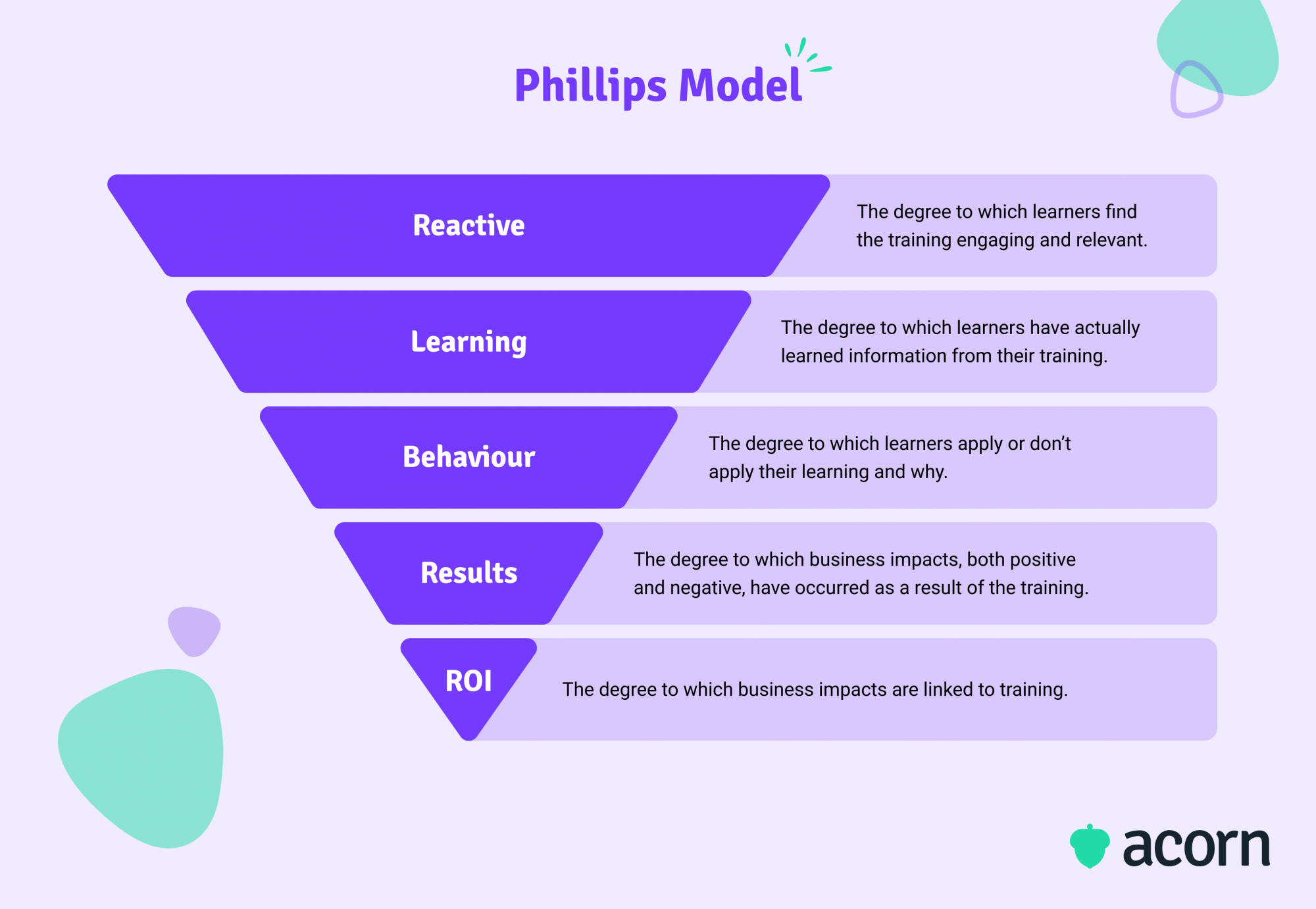How to Conduct a Capability Gap Analysis for Organisational Development
Reading Time:

Lead the pack with the latest in strategic L&D every month— straight to your inbox.
SubscribeWhen you’re working to continuously adapt and improve the capabilities of your workforce, it can be tricky to know which capabilities need to be developed.
This is where a capability gap analysis comes in. In this guide, we’ll explore what a capability gap analysis is, how it benefits your business, and how you can conduct a capability gap analysis for organisational success.
What is a capability gap analysis?
A capability gap analysis is a systemic process that evaluates and identifies the gaps between an organisation’s desired capabilities and its existing capabilities. The primary goal of a gap analysis is to find which aspects of your capabilities (the skills, knowledge, tools, processes and behaviours that combine to deliver on an organisational objective) fall short of capability requirements for your desired business state, so you can devise strategies to effectively bridge those gaps.
Why is it important to analyse capability gaps?
A strategic gap analysis is an essential process for organisations across all industries and sectors. They play a pivotal role in helping businesses achieve their desired outcomes, improve business processes, and enhance performance.
Perhaps most importantly, a capability gap analysis helps build strategic alignment between business objectives and the capabilities the business needs to achieve its desired goals, making it easier to drive organisational success. For example, you can optimise how you allocate resources (such as budget or talent) based on which capabilities are the highest priority for the business to develop, as determined by strategic capability gaps.
Maybe your capability gap analysis revealed gaps in your leadership talent, or the capabilities of your current leaders. In that case, you’ll know to focus training and development on leaders and future leaders to further business goals and succession plans. This also means your employees will be better able to perform their jobs, increasing productivity and business performance.
You can use a performance learning management system (PLMS) to help you measure actual performance improvement here. It’s a dynamic AI-powered tool designed to synchronise learning and performance by codifying and operationalising the capabilities that drive business efficiency.
Not only does training linked to performance mean your employees will be able to address challenges as they arise and proactively mitigate risks before they become active threats to the business, but they’ll also have the skill and confidence to innovate new ideas and solutions that deliver on business success.
In essence, performing a capability gap analysis enables continuous improvement. By regularly carrying out gap analyses as part of an ongoing process, you ensure that there is continuous growth and improvement in the behaviour and actions of employees, creating organisational transformation that improves actual performance.
How to do a capability gap analysis
You can’t analyse capability gaps without knowing what your defined capabilities are or how they relate to your organisation and its success. Using some kind of business capability map can help you here. A capability map is just a way to make it easier to visualise and record your core capabilities.
There are five steps to conducting a capability gap analysis, which we’ll get into more detail below.
- Evaluating your desired state
- Analysing your current situation
- Finding the gaps
- Developing an action plan
- Implementing and monitoring progress.
Evaluating your desired state
The first step is to evaluate your “desired state”, which is where your organisation wants to be. In other words, it’s what the ideal state of your capabilities should look like to achieve your organisational objectives.
To understand this, you need to clearly define your business’s desired goals and ask key questions about your organisational objectives: What capabilities do you need to meet your goals? Do you need new capabilities, or do your current capabilities need to be developed further?
When we say these are key questions to ask, we mean it. You need to know where these capabilities fit into your strategic plan to understand where your capability gaps are and what action plan you need to implement to close those gaps.
Analysing your current situation
The next step is to collect data to understand the state of your current capabilities. To be specific, we’re talking about competency (which you might know as proficiency). It’s the levelled scale of performance of a particular capability, which is usually represented by around three levels like:
- Beginner, or needs development
- Intermediate, or meets expectations,
- Advanced, or exceeds expectations.
When it comes to actually assessing your current capabilities, you can collect data on them from multiple different sources. In fact, we recommend that you use multiple sources and methods to get the most objective view of your capabilities—such as surveys, performance evaluations and feedback.
Capability assessments are included in this. There are three different types of capability assessments you can make use of.
- Self-assessments. This is where employees assess their own competence in capabilities.
- Manager assessments. Managers can be more objective in their assessment of their employees’ capabilities.
- Subject-matter expert assessments. These assessments are most useful for specialist capability sets, such as leadership or executive roles.
Again, you want to be as objective as possible in your analysis to ensure that your capability gap analysis is accurate, so it’s best to use a combination of two or more of these types of capability assessments.
Finding the gaps
Now it’s time to actually perform the gap analysis. You know where your capabilities currently lie. You also know where your capabilities need to lie to meet your desired goals. Where the last step was about analysing current capability competence, this step is about comparing current capabilities to your desired capabilities in order to see the gaps between the two.
Don’t just think in terms of whether you need to add, remove, or develop capabilities. This is also about diagnosing what causes the gap between your current state and your desired state. For example, your future state might require new capabilities due to industry changes or business transformation. A small enterprise may not have a sales department at the moment, but they may need one as they scale, requiring the development of new sales capabilities.
Developing an action plan
When it comes to developing an action plan to implement improvements, you need to first prioritise your capability gaps for strategic planning. Not all capability gaps are of equal importance—some will have a greater impact on organisational goals than others. You can use a capability heat map to help organise and prioritise which capabilities to develop based on business risk—i.e., what is the return on investment (ROI) of closing each gap?
When you know what’s causing the gap, a training needs analysis is handy to determine what training is needed to close it. It’s a tool that identifies what kind of training is best suited to effectively developing your capabilities, which you can use to implement training initiatives. At a basic level, a training needs analysis is done in six simple steps.
- Identify long-term goals
- Assess current capabilities
- Determine capability needed in the future
- Identify gaps between current and future capabilities
- Determine how to deliver training
- Implement training and measure results.
This isn’t a place to be vague. Outline specific plans for each gap you’re addressing, rather than all capabilities gaps across your business at once. How you close one capability gap will be different to how you close another, so you should make sure you understand what the differences in your approach for each one will be. Individuals need custom learning plans, especially because all learners learn differently. Once you understand this and determine your high-priority capabilities in a capability map, it will be easier to devise improvements in training and resourcing for your implementation.
Implementing and monitoring progress
Now you can implement your action plan to close capability gaps. But even if your rollout is perfect, you can’t just relegate your capability gap analysis to a one-off. It needs to be performed regularly to facilitate true behavioural and performance change within your business and its workforce.
Make sure you’re tracking your KPIs to see if there’s been any improvement in performance since implementing the action plan. If performance isn’t improved, then there are still some gaps that need to be addressed, and you need to work out what those gaps are. Again, a PLMS can help you with this by linking your learning efforts to individual and business performance.
Think in terms of the L&D metrics that really matter. We’re not talking about training completion rates, here—we’re talking about proving the ROI of your training. There are a number of L&D metrics you can use to measure the effectiveness of your training efforts, but if you want to cut straight to the chase of ROI (that is, the monetary value you get back from training-driven performance) you should look no further than the Phillips Model of training evaluation.

It comes in five levels:
- Reaction. This level focuses mainly on measuring the reactions of employees to their training programs
- Learning. This determines whether knowledge and behaviours learning in training have been retained, which can be determined by an increase in knowledge, change in attitude, or improvement in skills.
- Behaviour. This level includes tracking morale, engagement and motivation, as well as understanding the environmental aspects that may be helping or hindering the retention of learning
- Results. The stage at which all outcomes on the business, both positive and negative, are taken into account. This can include things like increased sales since closing sales capability gaps, but it can also include decreased customer satisfaction since training took place.
- ROI. This is where you link training and business results, by measuring the direct and indirect costs of training, including implementation costs, time, and resource development costs.
The business impacts of not doing a capability gap analysis
The biggest, most obvious impact of not using capability gap analyses is that you won’t have a clear understanding of where your organisation’s skills, knowledge, processes, tools and behaviours fall short of your strategic objectives, which snowballs into a multitude of other problems.
For starters, there’ll be strategic misalignment between your business strategy and capabilities, as you don’t know which areas need development. This just means you won’t be able to efficiently allocate resources, leading to understaffing or overstaffing, ineffective training with unproven ROI, or badly budgeted spend.
A lack of effective talent development for employees is a big driver of employee turnover and satisfaction, because 94% of employees would to stay longer in their companies if they’re offered development opportunities. In fact, 2 out of 3 employees quit within their first year on the job if they don’t get what they want or need for their careers.
This all just leads to decreased productivity and performance, as your employees won’t possess the right capabilities to actually perform their roles efficiently and effectively. And when your employees lack the capability to do their jobs, they also lack the ability to respond effectively to challenges, reducing your business’s resilience and sustainability.
Key takeaways
Performing a capability gap analysis is a crucial step in future-proofing your organisation. Analysing so many capabilities within your organisation can be daunting, but it doesn’t have to be hard. To perform a capability gap analysis, you just need to follow five steps:
- Analyse your current situation
- Evaluate your desired state
- Perform the gap analysis
- Develop an action plan
- Implement and monitor progress.